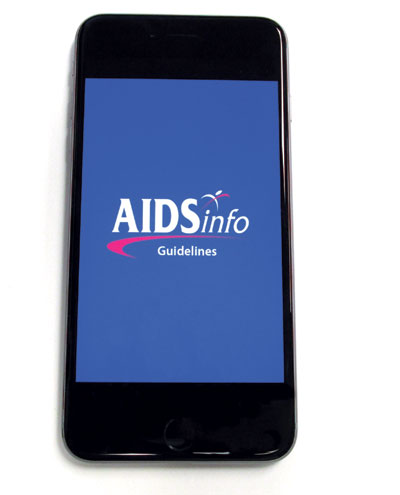A regimen should be individualized on the basis of virologic efficacy (suppression of viral load to less than 50 copies per mL), toxicity, pill burden, dosing frequency, drug-drug interaction potential, resistance testing results, comorbid conditions (such as kidney disease, hepatitis B or C, etc.), and cost.More details including the strength of each recommendation and those for pregnant women are in the documents from the U.S. Department of Health and Human Services (DHHS) online.

AIDSinfo has mobile applications that allow access to federally approved HIV/AIDS treatment and research information and are offered free of charge, including a new Guidelines app, at aidsinfo.nih.gov/apps.
Most patients new to antiretroviral therapy should start on one of six regimens, based on two types of combination regimens:
Recommended regimen options
Alternative regimen options
Regimens that are effective and tolerable, but that have potential disadvantages when compared with the recommended regimens listed above, have limitations for use in certain patient populations, or have less supporting data from randomized clinical trials. An alternative regimen may be the preferred regimen for some patients.
Other antiretroviral regimen options
Regimens that, in comparison with Recommended and Alternative regimens, may have reduced virologic activity, limited supporting data from large comparative clinical trials, or other factors such as greater toxicities, higher pill burden, drug interaction potential, or limitations for use in certain patient populations.





